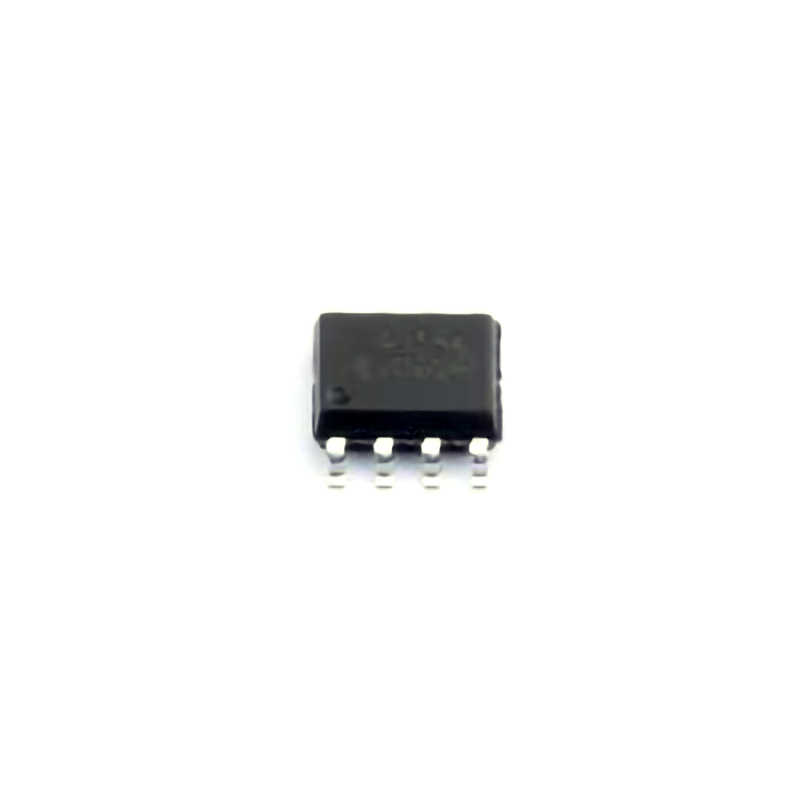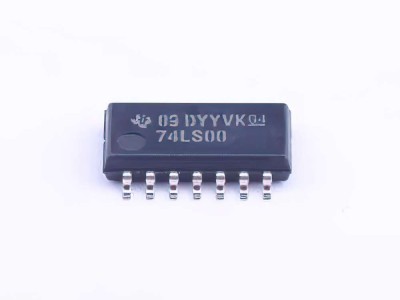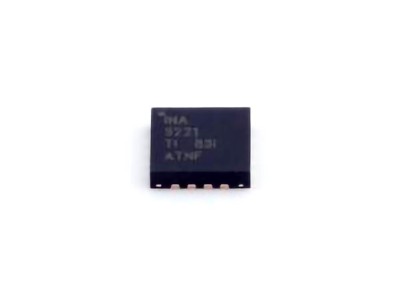
Understanding the TP4056 Lithium Battery Charging module
The TP4056 lithium battery charging module has become one of the most popular choices for charging lithium-ion (Li-ion) and lithium-polymer (LiPo) batteries, particularly for DIY electronics, portable devices, and embedded systems. As a robust and affordable solution, it enables efficient and safe charging of single-cell batteries. This article aims to dive deep into the characteristics of the TP4056 and the design principles involved in integrating it into various projects.
What is the TP4056?
The TP4056 is a linear charge Management IC designed specifically for charging lithium-ion and lithium-polymer batteries. It provides a regulated charge current with built-in overcharge, over-discharge, and thermal protection mechanisms to ensure the longevity and safety of the battery. Its widespread popularity stems from its small form factor, low cost, and easy-to-use features that are ideal for many battery- Power ed applications.
The module is available in a compact and easy-to-integrate PCB (Printed Circuit Board) format, typically featuring a micro-USB port for charging input and two pins for battery connection. It uses a 1A constant current and constant voltage charging profile, which is standard for many single-cell lithium batteries.
Key Features of the TP4056 Module
Compact Size: The TP4056 module typically measures around 2.1 x 2.5 cm, making it suitable for portable and small-scale devices.
Micro-USB Input: With a micro-USB input, users can conveniently power the module using standard phone chargers or USB adapters.
Constant Current/Constant Voltage (CC/CV) Charging: The TP4056 is designed to deliver a constant charging current (typically 1A) until the battery reaches the set voltage (usually 4.2V), at which point it switches to a constant voltage mode.
Overcharge Protection: The TP4056 features built-in protection against overcharging, ensuring that the battery is never charged beyond its safe voltage, typically 4.2V.
Over-discharge Protection: Although not as comprehensive as more advanced charging ICs, the TP4056 offers basic protection to prevent discharging the battery too low.
Thermal Protection: If the IC or battery gets too hot during charging, the module will shut off to prevent damage due to overheating.
Status Indicators: Most Modules come equipped with status LED s to show whether the battery is charging (red LED ) or fully charged (blue or green LED).
Applications of the TP4056 Charging Module
The TP4056 is a versatile component that can be used in a wide range of applications, such as:
DIY Projects: For hobbyists working on custom electronic projects, the TP4056 is a great choice for integrating rechargeable batteries into devices like portable speakers, flashlights, or drones.
Power Banks: The module can be used in power bank circuits to charge the internal lithium battery.
Robotics: In robotics, where weight and power efficiency are critical, the TP4056 allows for easy integration of rechargeable lithium-ion batteries.
Wearable Devices: Small electronics such as fitness trackers, smartwatches, and other wearables often rely on compact and efficient charging circuits like the TP4056.
How the TP4056 Works
The TP4056 operates with a constant current/constant voltage (CC/CV) charging profile, which is standard for lithium-ion battery charging.
Constant Current Phase: Initially, the TP4056 will supply a constant current (typically 1A) to the battery. This phase continues until the battery voltage reaches its maximum rated voltage (usually 4.2V for lithium-ion).
Constant Voltage Phase: Once the battery voltage reaches 4.2V, the module switches to a constant voltage mode. During this phase, the charging current gradually decreases as the battery becomes fully charged.
Charge Termination: When the charging current drops to a predefined threshold (typically 10-20% of the initial charge current), the charging process is terminated, and the battery is considered fully charged.
Advantages of Using the TP4056 Charging Module
Efficiency: The TP4056 efficiently manages the charging process with low heat dissipation, which is crucial for maintaining battery life and device longevity.
Low Cost: One of the most appealing aspects of the TP4056 is its affordability. It provides a cost-effective solution for many charging applications, particularly for hobbyists and DIY electronics.
Safety Features: Overcharge, over-discharge, and thermal protection ensure that the battery and module remain safe during operation.
Ease of Use: With its compact design and simple integration, the TP4056 is easy to use for beginners and professionals alike.
Limitations of the TP4056
While the TP4056 is an excellent charging module, it is not without its limitations:
No Battery Protection Circuit: The TP4056 does not include a dedicated battery protection circuit (BMS). While it offers basic overcharge and thermal protection, it does not provide over-discharge protection for the battery, which is crucial for extending the life of the battery.
Single-Cell Charging: The TP4056 is designed for single-cell batteries only, which limits its use in applications requiring multi-cell batteries or higher voltage systems.
Limited Input Voltage Range: The TP4056 typically requires a 5V input for charging, meaning that users must ensure a stable 5V power source to avoid charging issues.
Designing the Perfect Charging Circuit with TP4056
Building a circuit with the TP4056 charging module is straightforward, but understanding how to design it for optimal performance and safety is essential for any electronics project. This section discusses the design principles, considerations, and potential modifications to optimize the TP4056 module in various applications.
Key Components of the TP4056 Charging Circuit
To design a reliable and efficient charging circuit using the TP4056 module, you need to understand the key components that interact with it. Below are some of the most important components in a typical TP4056-based charging circuit:
Micro-USB Connector : The TP4056 module usually accepts a micro-USB connection, which acts as the input for 5V power. Make sure the power supply is stable and can provide enough current (typically 1A or more) for the charging process.
capacitor s: The TP4056 module may include small decoupling capacitors to stabilize the voltage and filter noise. Additional capacitors may be added to improve performance, especially if the module will be powering sensitive electronics during charging.
Resistor for Charging Current Adjustment: Some TP4056 Modules have a resistor that controls the charging current. By changing this resistor, you can modify the charge rate to suit your battery's specifications, ensuring safer and more efficient charging.
Protection Circuit: To further safeguard the battery, a battery protection circuit is often used in conjunction with the TP4056 to provide over-discharge and short-circuit protection. This is important for applications where battery health and safety are critical.
Status LEDs: Many TP4056 modules come with built-in LEDs to indicate the charging status (charging, fully charged). These are handy for user interface feedback but can also be customized or extended for more detailed status indicators.
Design Considerations for Efficient Circuit Integration
When integrating the TP4056 into a battery-powered device, several design considerations are important for optimizing the circuit:
Input Power Supply: The TP4056 requires a stable 5V input to function properly. Ensure that your power supply provides sufficient current (typically 1A or more) to handle both the charging process and any other device components running concurrently.
Battery Specifications: Choose the right battery for your application, ensuring that its voltage and capacity align with the TP4056's charging characteristics. The typical single-cell Li-ion or LiPo battery is rated at 3.7V nominal, with a peak voltage of 4.2V when fully charged.
Heat Management: The TP4056 is a linear charging circuit, which means that some power is lost as heat. In higher-current applications, this can result in significant heat buildup, which may affect the performance of the charging module. Make sure to use adequate heat dissipation strategies, such as adding a heatsink or improving airflow.
Protecting the Battery: As mentioned earlier, the TP4056 does not include a full battery protection system. While it has overcharge and thermal protection, it is advisable to use a dedicated battery management system (BMS) for applications where deep discharge protection is necessary.
Common Modifications and Additions to the TP4056 Circuit
While the TP4056 is versatile, you can modify it for specific use cases:
Increased Charging Current: By replacing the default resistor with one of a lower value, you can increase the charging current, but be cautious not to exceed the battery's recommended charging rate, which may damage the battery.
Adding a Battery Protection Circuit: For more robust battery management, consider adding a separate protection board to handle over-discharge, overcharge, and short-circuit conditions.
Multiple Modules for Multi-Cell Systems: If you are working with multi-cell lithium batteries, you can use multiple TP4056 modules to charge each cell independently. However, more complex designs may be required to balance the cells and manage overall system voltage.
Troubleshooting Tips for TP4056 Charging Circuits
Module Not Charging: If the module is not charging the battery, check the input voltage (it should be around 5V) and ensure the connections are correct.
Battery Not Reaching Full Charge: If the battery is not reaching 4.2V, the charging current may be too low, or the resistor value may need adjustment.
Overheating: If the module is overheating, consider lowering the charge current or improving heat dissipation by adding a heatsink or enhancing ventilation.
Conclusion
The TP4056 lithium battery charging module is a popular, cost-effective, and easy-to-integrate solution for a wide range of battery-powered projects. Understanding its characteristics, features, and circuit design principles will enable you to optimize its performance for both simple and advanced applications. By following best practices for integration, protection, and troubleshooting, you can ensure your lithium battery-powered devices operate efficiently and safely for years to come.
This article provides a comprehensive understanding of the TP4056 lithium battery charging module, offering both technical insights and practical guidance for designing effective charging circuits. Whether you're a beginner or a seasoned engineer, these tips and designs will help you get the most out of this versatile component.
If you are looking for more information on commonly used Electronic Components Models or about Electronic Components Product Catalog datasheets, compile all purchasing and CAD information into one place.


